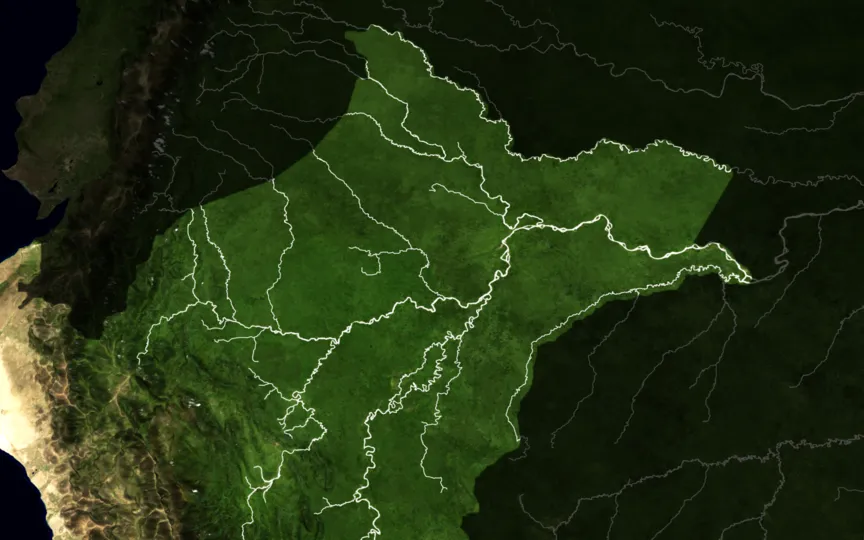NASA satellites are transforming malaria prevention by predicting outbreaks in the Amazon.
NASA satellites are playing a crucial role in combating malaria outbreaks in the Amazon Rainforest, a region where the disease poses a serious risk to residents. Working alongside the Peruvian government, university researchers are using data from these satellites to predict malaria outbreaks months ahead of time, with the goal of stopping them before they happen.
Using NASA satellites to predict malaria epidemics:
In the fight against malaria, which can have serious health consequences for especially vulnerable Amazonian populations, traditional control strategies face challenges in identifying areas of risk. However, by using data from NASA’s Earth-observing satellites, researchers can track environmental factors that promote mosquito breeding and human movement patterns, which are key factors in predicting epidemics, reports GPM NASA.
Mosquito monitoring:
By analyzing data from satellites on weather conditions, deforestation and land cover, researchers can identify areas where environmental conditions are ripe for mosquito breeding. Models such as the Land Data Assimilation System (LDAS) provide information on warm temperatures and standing water that are ideal for mosquito habitats and help identify potential outbreak sites.
People Tracking:
Understanding human movement is critical to accurately predict malaria outbreaks. By combining reported malaria cases with population estimates and seasonal migration data, researchers develop statistical and substance-based models. These models simulate human-mosquito interactions, enabling predictions to be made at the household level and enabling targeted intervention strategies.
Prevention of epidemics:
NASA’s satellite-based forecasts allow health officials to use resources strategically, focusing on high-risk areas identified by the models. Targeted interventions, such as the distribution of bed nets and the provision of preventive care, offer a cost-effective approach to contain outbreaks. The ability to predict results based on different intervention scenarios enables decision makers to implement the most effective strategies promptly.
As the project progresses, with the refinement of forecasting models, the possibilities of satellite-based malaria forecasting will extend beyond Peru to other malaria-endemic regions. Thanks to this innovative approach, it is able to track a variety of diseases, so it holds the promise of transforming public health interventions and protecting vulnerable populations worldwide.




